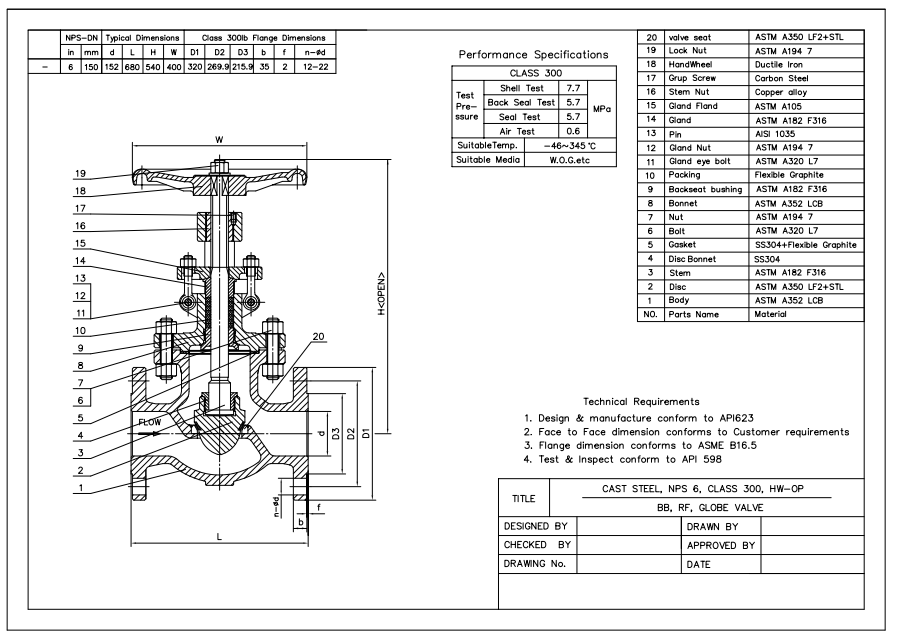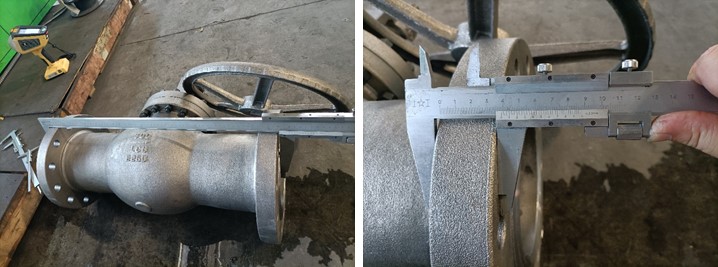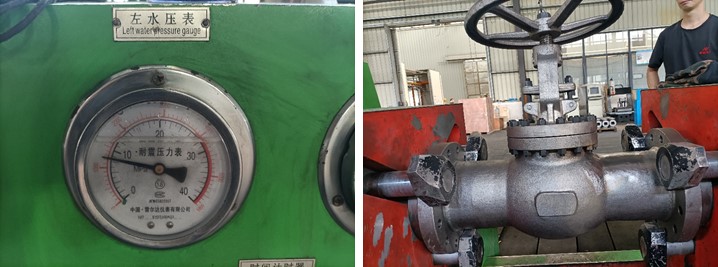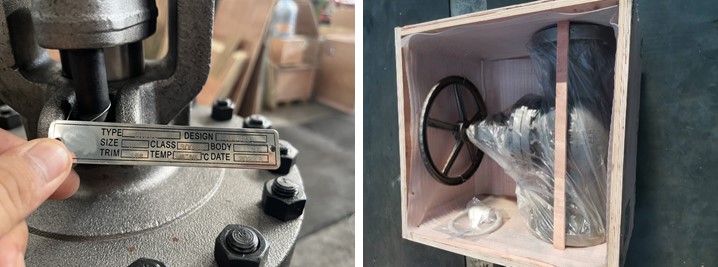6" 300LB globe valve is made according to API 623 standard. The valve body is made of ASTM A352 LCB. It has the structural characteristics of bolted cover, rising stem, OS&Y, parabolic disc, replaceable valve seat and structural length of 680mm. Its connection mode is RF. And it has handwheel operation mode.
Payment:
30% when order confirmed, 70% before shipmentProduct Origin:
ChinaColor:
CustomizationShipping Port:
Shanghai, ChinaLead Time:
30~60 days Ex Works after order confirmationMaterial:
ASTM A352 LCBMethod of Operation:
HandwheelProduct Description
|
Type |
Globe Valve |
|
Size |
6" |
|
Pressure |
300LB |
|
Connection |
RF |
|
Operation |
Handwheel |
|
Body Material |
ASTM A352 LCB |
|
Design Norm |
API 623 |
|
Face to Face Dimension |
Customer Requirements |
|
Flange Dimension |
ASME B16.5 |
|
Test & Inspection Code |
API 598 |
|
Temperature |
-46 ~ 345°C |
|
Applicable Medium |
Water, Oil and Gas |
Features
1. High stability, good sealing performance, widely used;
2. Reasonable structure, reliable sealing, excellent performance, and beautiful appearance.
Technical Drawing

Dimension Checking

Pressure Testing

Nameplate & Packing

If you are interested in our products and want to know more details,please leave a message here,we will reply you as soon as we can.